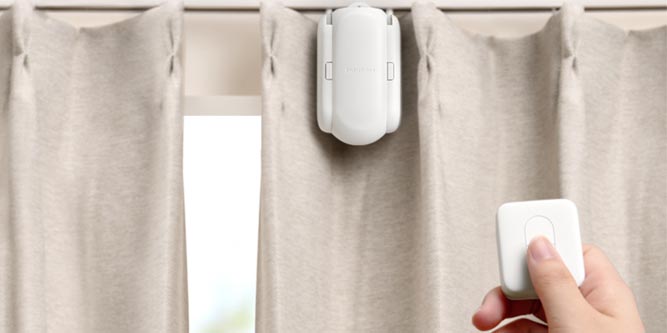Over the last few years, the number of connected devices in our homes has exploded. If you think back to the early 2000s, when WiFi first came out, most people had one or two computers. We used them for email, browsing the web, and old-school social media like Myspace. But at the time, nobody could have foreseen just how much bandwidth we were going to need. By the end of the decade, the average person was using their internet for streaming video as well. Add to that the development of modern, web-capable smartphones, and our WiFi needed an upgrade.
Today’s home WiFi is significantly faster than earlier versions. Depending on your router, you might even be capable of the same speeds as a wired connection. But more recent advancements have related more to latency and the number of devices than raw speed. After all, once your wireless is as fast as the signal from the modem to the wall, additional speed is pointless. On the other hand, modern WiFi 6 routers are much faster at switching from one device to another. They can also support dozens or even hundreds of devices depending on the model. These developments have facilitated the creation of more and more smart, connected devices. Depending on your needs, you can now perform all or most of your home’s functions automatically.
One good example of an outside-the-box smart home product is the SwitchBot Curtain. The SwitchBox Curtain is a little gizmo that mounts on your curtain rod. It then opens your curtains automatically on a schedule, or manually when given a command. Now, does anybody actually need one of these? Not in the same sense that we need food, clothing and shelter. But you open and close your curtains every day, sometimes more than once. If you can do it automatically, that’s one more task you can eliminate from your daily routine. And that’s what smart devices are all about. Let’s take a closer look, and see how well this robotic curtain opener works!
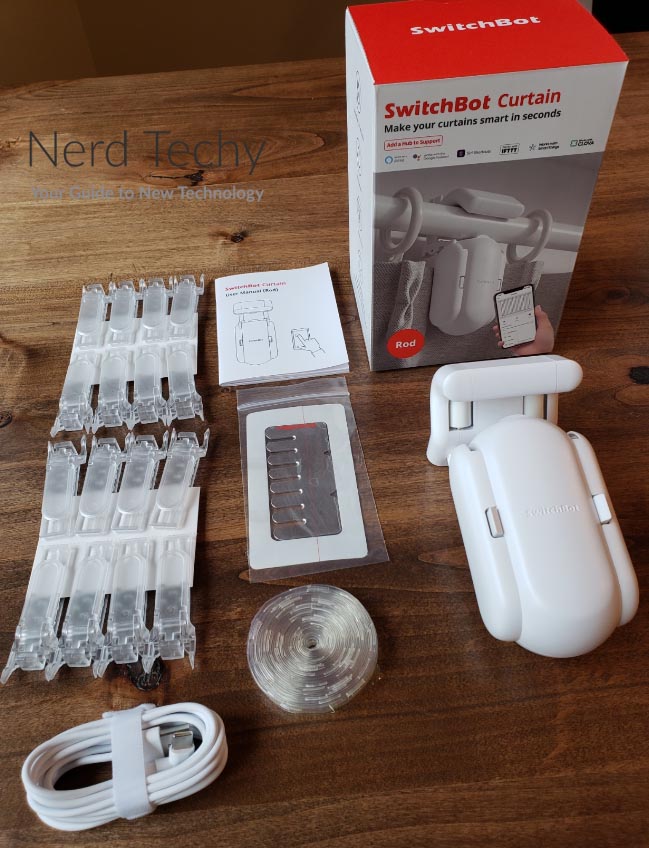
Overall Design
The SwitchBot Curtain is a small, robotic device that runs back and forth on your curtain rod. It attaches to the end of your curtain, and pulls the curtain open or closed as it travels. The housing itself is made of matte plastic, and can be ordered in black or white to match your décor. It has an attractive, rounded profile, which means it won’t look out of place even in a professional setting. That said, you’ll hardly notice it’s there. Depending on the cut of your curtains, it will either be completely concealed behind them, or peek out only slightly. The SwitchBot can be ordered individually, or in a two- or four-pack. Keep in mind that each bot moves only a single curtain. If the curtains on a window open from the center, you’ll need two bots.
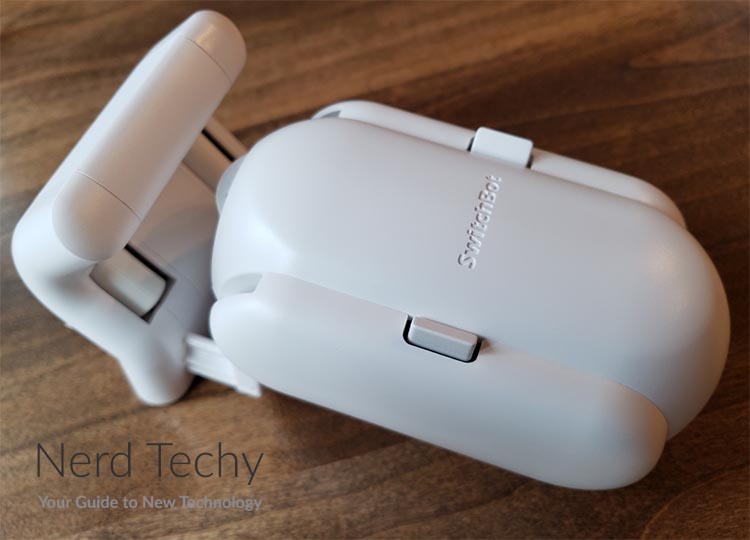
Each individual SwitchBot Curtain unit is powerful enough to move a 17-pound curtain. This is enough for all but the heaviest of heavy drapes, and should be sufficient for any normal-sized window. That said, there’s no such thing as a universal curtain rod, so there’s no universal SwitchBot. Instead, there are three different variants designed for three different rod styles. These are standard rods, U-rails, and I-rails.
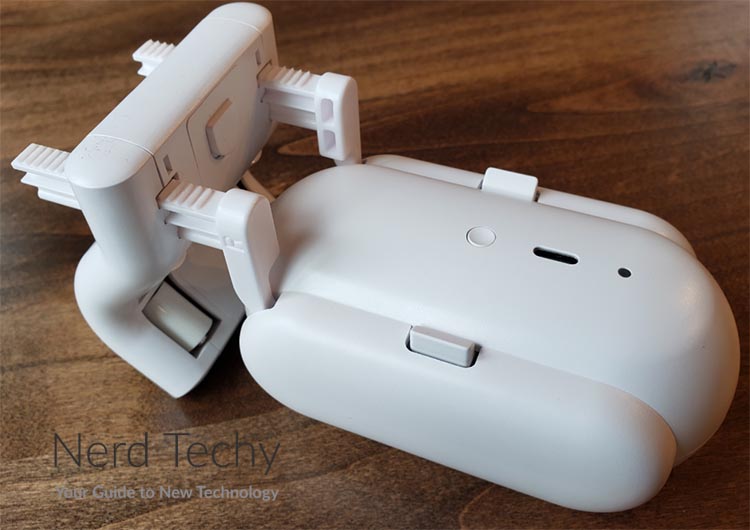
An ordinary curtain rod is exactly what it sounds like. It’s a round shaft over which the curtain slides up and down. The SwitchBot fits rods between 15 and 40mm in diameter. This covers the vast majority of curtain rods. If your rod is smaller, it’s probably too light to use the SwitchBot. If your rod is bigger, you’re dealing with unusual, oversized drapes that are probably too heavy. On standard rods, the SwitchBot Curtain supports grommet, back tab, top tab, and ring top curtains. It will not, however, work with rod pocket curtains. These are curtains where the top is looped over to form a tube that the rod passes through. This variety will tend to bunch up, and are normally only ever opened or closed manually.
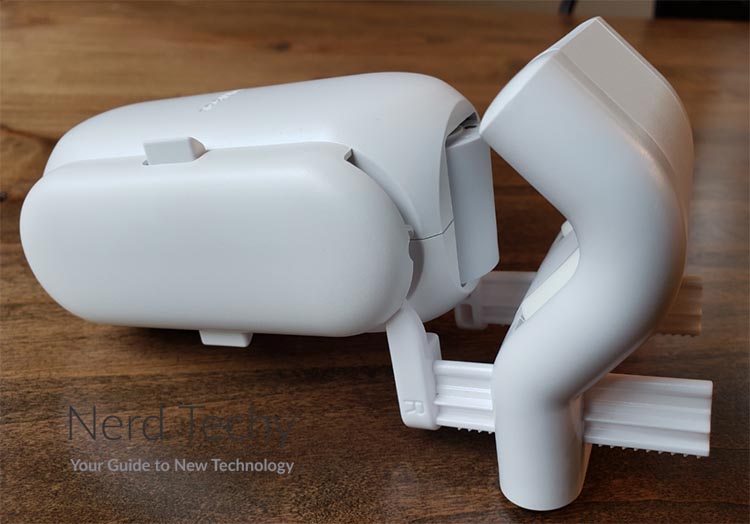
A U-rail curtain rod consists of a hollow, rectangular, horizontal metal rail with a gap in the bottom. Your curtain attachments or SwitchBot hang from the inside, where they roll on wheels on either side of the gap. For U-Rail rods, the SwitchBot requires a minimum inner width of 12.5mm, and a minimum inner height of 6mm. It also requires the gap on the bottom to measure between 6mm and 8mm in width. This includes most U-rails, but make sure to measure before you buy.

An I-rail curtain rod is like a miniature version of a steel I-beam. The SwitchBot hangs on the bottom part of the beam, with wheels on either side of the upright. For I-Rails, the SwitchBot requires a minimum clearance of 10mm between the top and bottom horizontal portions. The total width can measure between 8mm and 17mm, with a maximum horizontal rail thickness of 3.5mm. The maximum vertical rail thickness is 4mm. Again, these sizes include the vast majority of curtain I-rails. But it costs you nothing to measure your rails before you order anything.
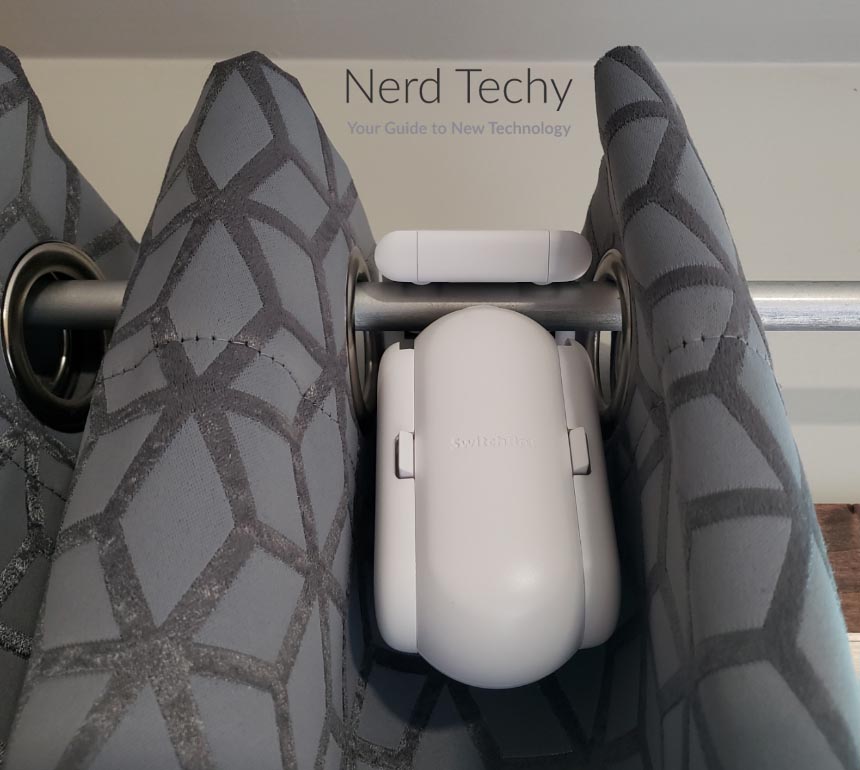
Control Options and Features
There are a number of ways to operate the SwitchBot Curtain. The default method is to use the built-in sunlight sensor. This detector works similarly to night lights and other light-activated devices. When it senses light, it will activate, and open or close your curtains. The light sensor can be set up to work in either direction. To stay warm in the winter, you can automatically open curtains in the daytime and close them at night. To stay cool in summer, you can do the opposite. It just depends on how you set up your bot.
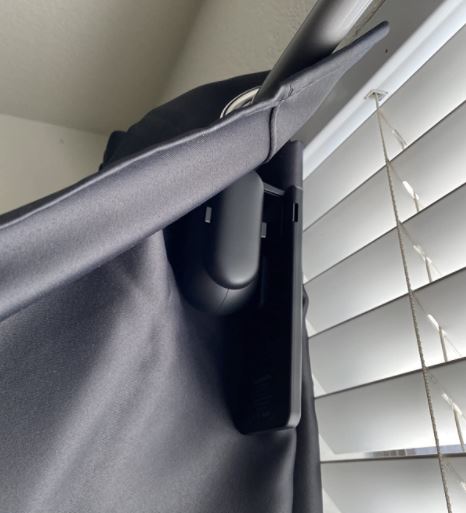
If you’d rather run your curtains on a schedule, the SwitchBot can do that too. Using the smartphone app, you’ll be able to set your curtains to run on a schedule. Keep in mind that without any extra hardware, you’ll need a Bluetooth connection to do this. The schedule allows for different settings on different days of the week, so you can sleep in on weekends.
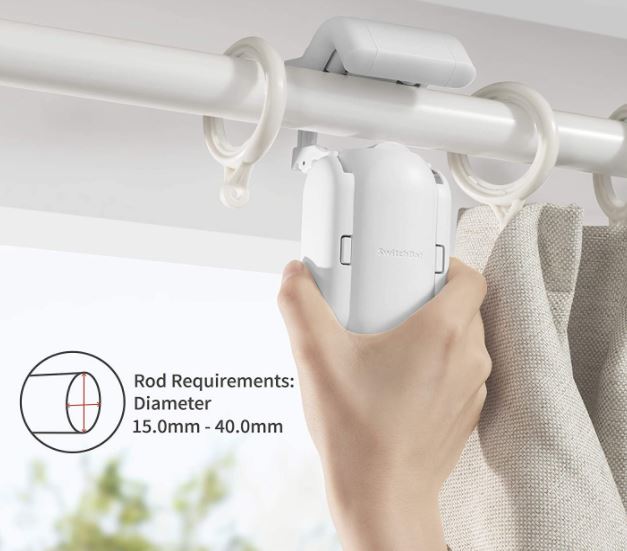
Another benefit of both of these automated method is that you don’t have to be home for them to work. Many people set their lights on a timer when they go on vacation, giving the illusion that someone is home. An automated curtain opener can achieve the same effect. That said, there may be times you want to open or close your curtains off-schedule. For example, maybe you have a migraine and need to lie in a dark room at one in the afternoon. In that case, the SwitchBot can be operated manually. Give your curtains a gentle tug in either direction, and they’ll finish closing or opening by themselves.

In addition to all this, there are a few extra features that you can unlock with additional hardware. These optional components are part of the SwitchBot ecosystem, and can be used with other SwitchBot devices. The first is a physical remote, the SwitchBot Remote. This is a simple two-way switch that can be either handheld or wall-mounted. When paired with the SwitchBot Curtain, you can use it to open and clothes your curtain with one click.
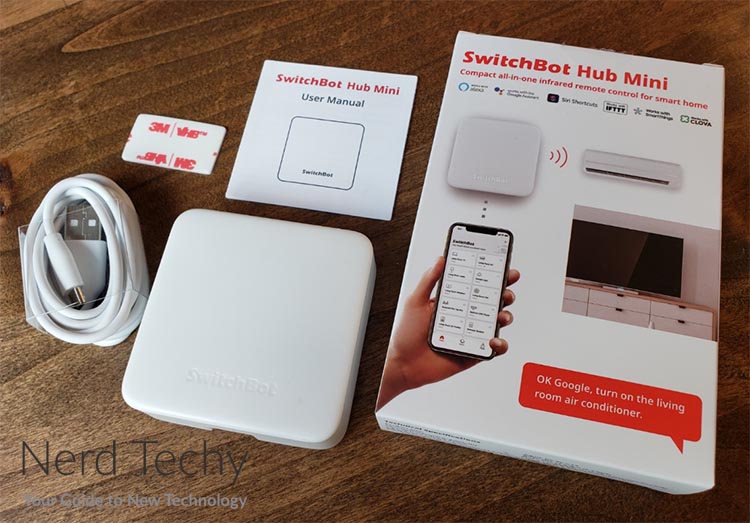
Another option is to order the SwitchBot Hub Mini. This is a wireless hub that allows you to connect your SwitchBot Curtain to the internet. Once it’s connected, you can use the app to control your curtains from anywhere in the world. You can also take advantage of voice controls. The bot is compatible with Alexa, Siri, and Google Assistant, so anybody can use it. Integration takes just a few minutes, and operation is easy. When everything is set up, you can open or close curtains with a simple voice command.
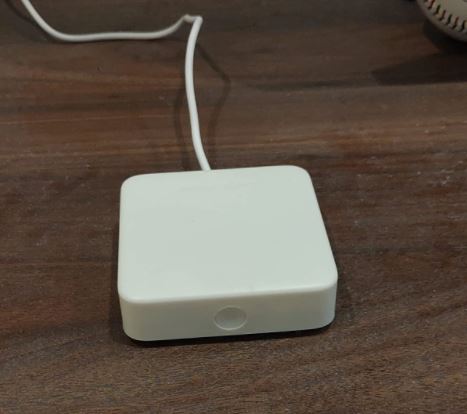
Battery and Charging
The SwitchBot Curtain is powered by a rechargeable internal battery. SwitchBot advertises a rating of up to eight months, but it really depends on your usage. The more you’re using wireless features and the more you’re running the motor, the faster it will run dry. Even so, you’re looking at a bare minimum of a few months’ use between charges. And when you do have to charge, it takes just a few hours via USB.
Alternatively, you can attach the SwitchBot Solar Panel to the back of your curtains. This is a small, discreet solar panel that’s invisible from the inside of your home. It supplies enough charge to power a single bot indefinitely. That way, you won’t have to worry about charging at all.

Final Verdict
The SwitchBot Curtain is one of the most innovative gadgets we’ve looked at in a while. Just when you think you’ve seen everything, someone comes along and makes an automated curtain opener. And you know what? That’s pretty cool!
The device itself is well-engineered, easy on the eyes, and stays mostly out of sight. It’s compatible with almost any curtain system, as long as you buy the right version. You can even order an optional solar charger. We were a bit irked that you have to buy a hub to use voice commands and many of the voice functions. Then again, SwitchBot is able to keep prices down by selling different parts separately. We’re excited to see what they come up with next!
Meet Ry, “TechGuru,” a 36-year-old technology enthusiast with a deep passion for tech innovations. With extensive experience, he specializes in gaming hardware and software, and has expertise in gadgets, custom PCs, and audio.
Besides writing about tech and reviewing new products, he enjoys traveling, hiking, and photography. Committed to keeping up with the latest industry trends, he aims to guide readers in making informed tech decisions.

